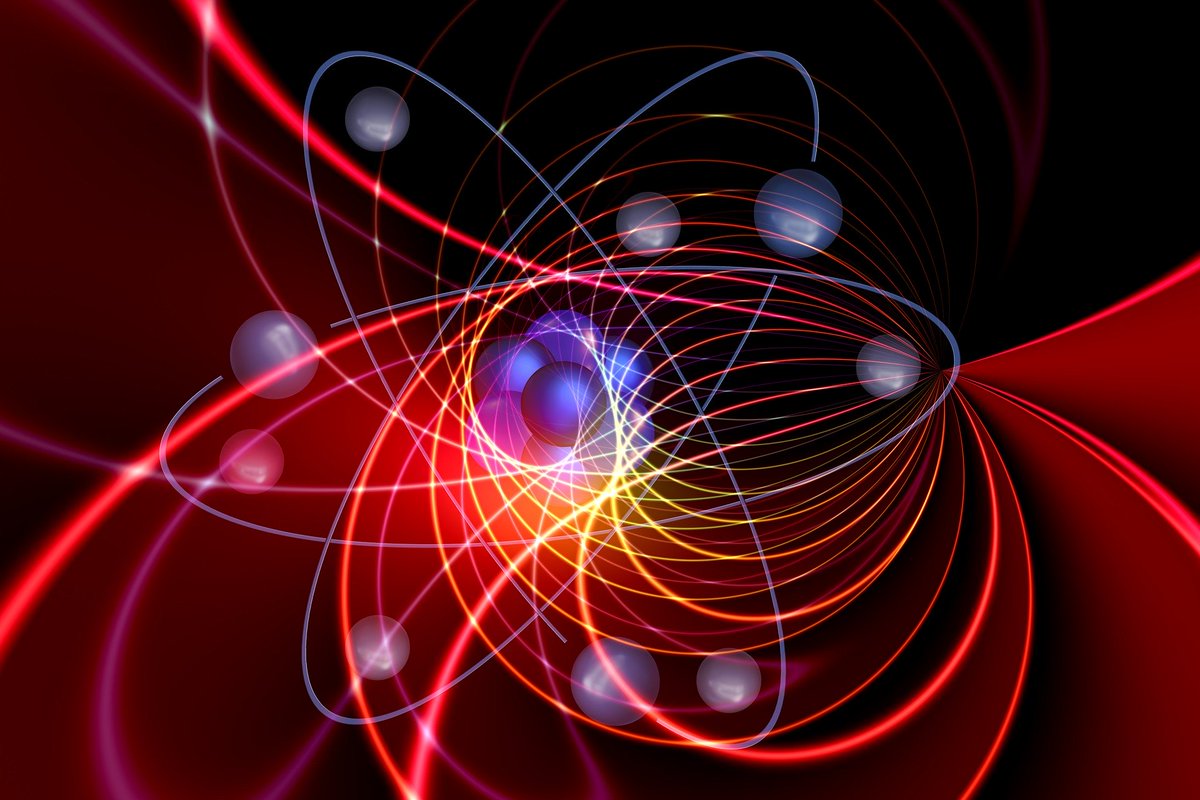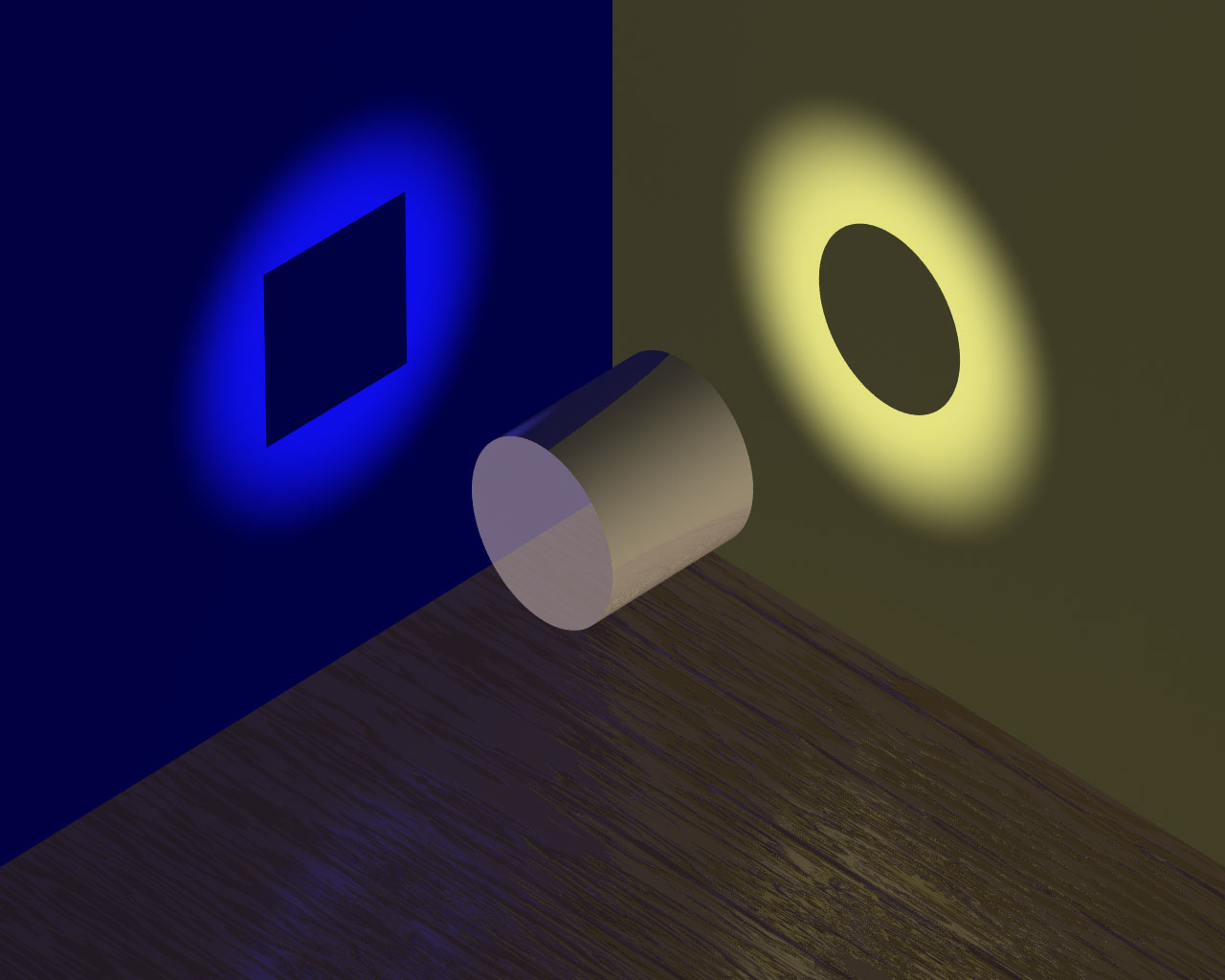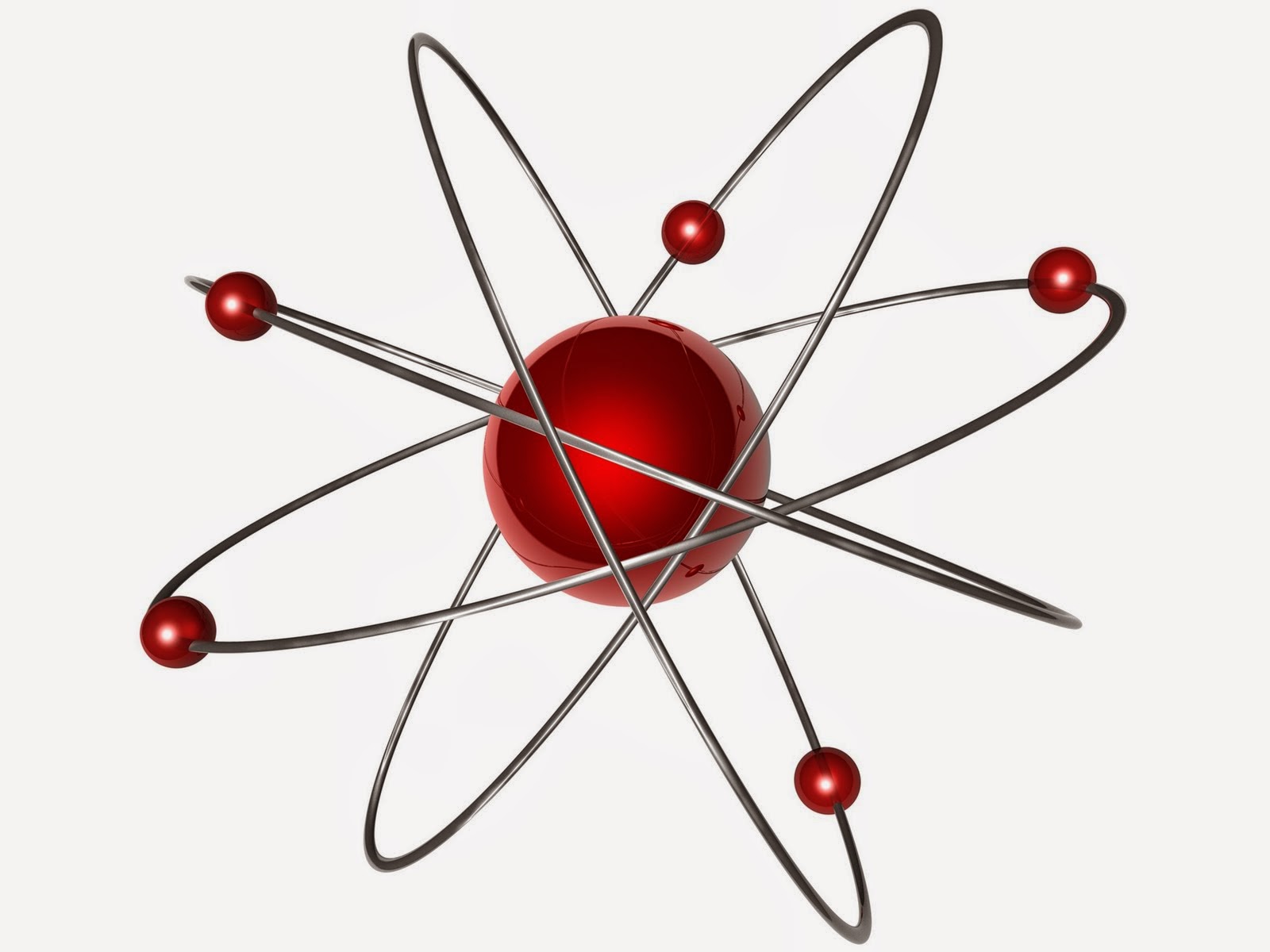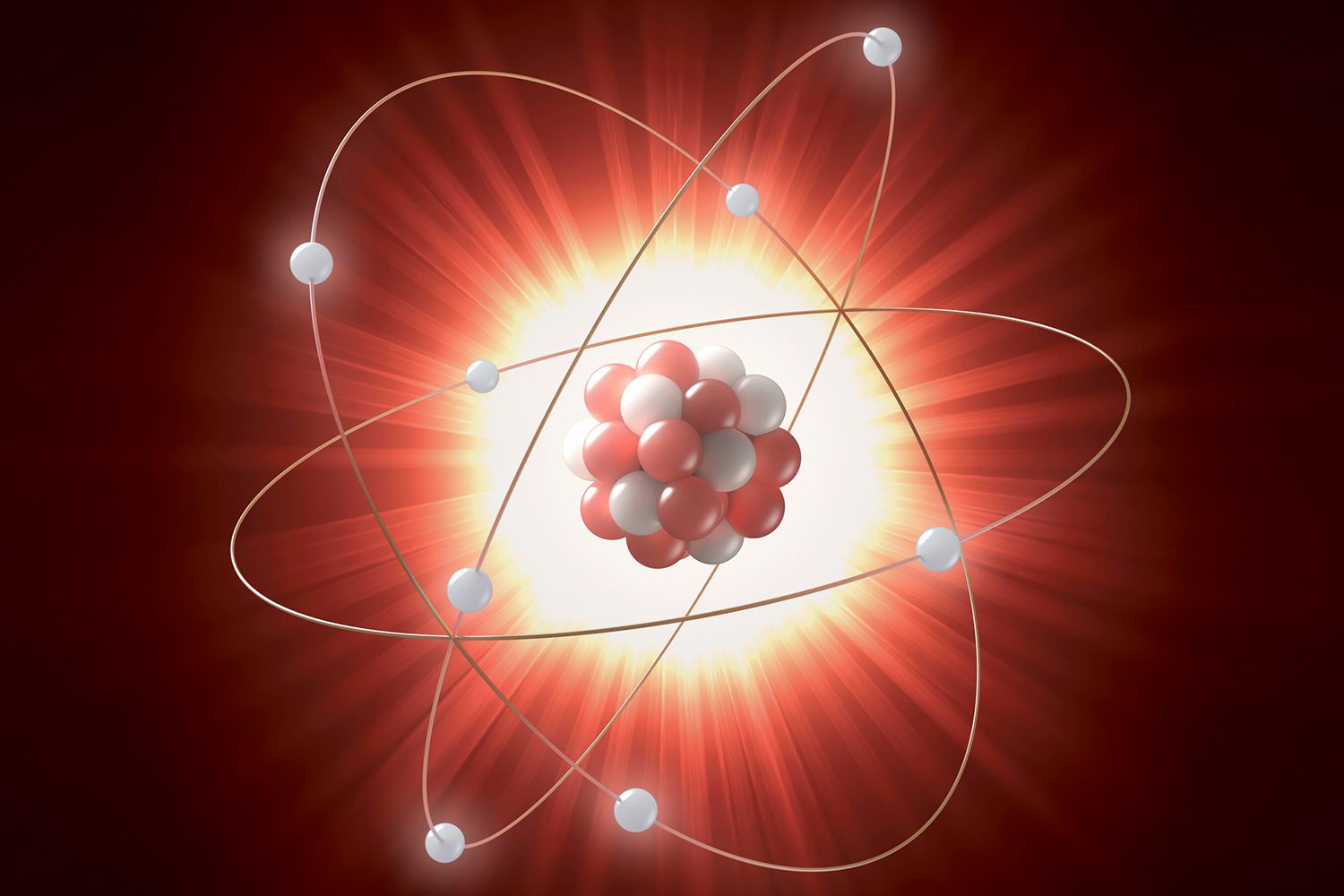La Electromagnetic radiation they are electromagnetic waves that are excited by various emitting objects of atoms, charged particles, molecules, antennas. A large number of electrical appliances and power lines have Electromagnetic Radiation.

What is Electromagnetic Radiation?
La Electromagnetic radiation It is known as the form of energy transfer through a medium in which electric or magnetic fields radiate in the form of waves. A wave is a movement that communicates energy through a medium.
According to the wave theory, all Electromagnetic Radiation has essential properties and behaves in a predictable way, Electromagnetic Radiation is made of an electric field and a magnetic field, the electric field changes in size and is directed perpendicular to the direction of radiation spread.
It may seem amazing that such different physical phenomena exist outwardly and have a common basis of Electromagnetic Radiation, such as a piece of radioactive substance, an X-ray tube, a mercury discharge lamp, a flashlight, a hot stove, etc. a transmission station and an alternator connected to a power line.
The effects of the different types of Electromagnetic Radiation in the human body are also different, gamma rays and x-ray wavelength penetrate, causing tissue damage, visible light causes a visual sensation in the eye, infrared radiation, the fall in the human body, heats it, and the radio waves and low-frequency electromagnetic vibrations of the human body are not feel at all.
Communication devices provide an electromagnetic field at the time of receiving and transmitting information and because they are located at a minimum distance from us, for example, a mobile phone is usually close to the head, the flux density of the electromagnetic field will be maximum.
Microwave ovens have a shelf life, if it is new and in service, there will be practically no radiation at the time of operation from the outside of the oven, if the surface is dirty, the door does not fit perfectly, then the protection of the oven may not stop all radiation and even the fields will penetrate the walls of the kitchen and the entire apartment or the nearest rooms.
Properties
Electrodynamics is the physics of Electromagnetic radiation and electromagnetism is a physical phenomenon associated with the theory of electrodynamics, the electric and magnetic fields obey the property of superposition, therefore the field due to any particular particle or the electric or magnetic field that varies with time contributes to fields present in the same space for other reasons.
Also, since they are vector fields, all magnetic and electric field vectors add up according to the vector addition, so for example in optics two or more coherent light waves can interact and be constructive or destructive, the interferences give the resulting irradiance which deviates from the sum of the irradiation components of the individual light waves.
Since light is an oscillation, it does not affect travel through static electric or magnetic fields in a linear medium such as a vacuum, however, in nonlinear media such as some crystals, interactions between light and electric fields can occur and static magnetic, these interactions include the Faraday effect and the Kerr effect.
In refraction, a wave intersecting from one medium to another of different densities changes its speed and direction upon entering a new medium, the ratio of the refractive indices of the media determines the degree of refraction, and is summarized in the law of Snell.
Light of compound wavelengths is scattered in the visible spectrum passing through the prism because the wavelength depends on the refractive index of the material prism, that is, each component of the wave within a compound light a different amount is doubled.
Theory
James Clerk Maxwell deduced the waveform from the electric and magnetic equations, thus discovering the wavelike nature of the electric and magnetic fields and their ratio, since the promptness of the electromagnetic waves given by the wave equation coincided with the measured speed of light, Maxwell indicated that light itself is a wave, Maxwell's equations were validated by Hertz by testing with radio waves.
According to Maxwell's equations, the spatial variation of the electric field is always related to the magnetic field, which changes with time, moreover, a spatially variable magnetic field is associated with certain changes over time in the electric field, in a electromagnetic wave, changes in the electric field are always accompanied by a wave in the magnetic field in one direction and vice versa.
Magnetic fields can be considered electric fields in another frame of reference and also electric fields can be considered magnetic fields in another frame of reference, but they have the same meaning, since the physics is the same in all frames of reference, so there is a close connection between space and time changes are more than an analogy here.
how much radiation
It is the minimum number of physical properties involved in the interaction, a photon is the only quantum of light or some other form of Electromagnetic radiationSimilarly, the energy of a bound electron within an atom is quantized and can only exist at certain discrete values.
The stationary probability distribution is derived from the one-step process corresponding to Einstein's theory of absorption and emission of radiation, Gauss's principle is used to identify the entropy, and the second law gives the condition of dynamic equilibrium or the radiation law of the Quantum Planck Theory, this condition is in disagreement with Einstein's dynamic equilibrium criterion.
By the end of the XNUMXth century, great advances had been made in physics, classical Newtonian physics at the time was widely accepted in the scientific community for its ability to accurately explain and predict many phenomena.
However, in the early XNUMXth century, physicists discovered that the laws of classical mechanics are not applicable at the atomic scale, and experiments such as the photoelectric effect completely contradicted the laws of classical physics. As a result of these observations, physicists articulated a set of theories now known as quantum mechanics.
Characteristics of Electromagnetic Radiation
All the radiation electromagnetic They have several interesting features, which we mention below:
Electromagnetic Radiation occurs when an atomic particle, such as an electron, is accelerated by an electric field, causing it to speed up, electromagnetic waves and their characteristics are briefly explained in the points mentioned below.
Wavelength
The wave extension is known as the distance between the continuous tops of a wave, especially at the points in an electromagnetic wave or sound wave, in turn it is reached as the distance of a complete cycle of wobble.
- C: is the speed of light
- a: is the wavelength
- v: is the frequency
C = aw
Frequency
The number of cycles per second is defined as frequency. It is defined as Hertz, if "E" is the energy, "h" is Planck's constant which is equal to 6.62607 x 10 -34 and "v" is the frequency with which we can derive the relation given below.
E = hν
So we can see that frequency is directly proportional to energy.
Period
The period is commonly characterized by the symbol 'T'. It is the total time it takes for a wave to travel 1 wavelength.
Speed
In relation to the Electromagnetic radiation, speed is usually expressed as:
The wave speed in vacuum for the electromagnetic wave is = 186,282 miles/second or 2.99 × 10 8 m/s.
What is the relationship between Electromagnetic Radiation and radioactivity?
This is the widest range of the electromagnetic spectrum as it is not limited by high energies, soft gamma radiation is produced during energy transitions within atomic nuclei and harder, during nuclear reactions gamma rays easily destroy the molecules, including biological ones, but, fortunately, they do not pass through the atmosphere.
Gamma radiation is Electromagnetic Radiation with a very short wavelength, less than 0.1 nm, emitted by excited atomic nuclei during radioactive transformations and nuclear reactions and also derived from the deceleration of charged particles in matter, their decay, after annihilation of pairs of antiparticles, after the passage of rapidly charged particles through the Chemical Changes of Matter, in beams of laser light, in interstellar space.
Biological Effects of Electromagnetic Radiation
Waves and particle effects fully explain the emission and absorption spectra of Electromagnetic Radiation, matter is the composition of the medium through which light propagates determines the nature of the absorption and radiation spectrum, these bands correspond to the allowable energy levels in atoms.
The dark bands in the absorption spectrum are due to the atoms as an intermediate medium between the source and the observer, the atoms absorb certain frequencies of light between the emitter and the detector and then emit them in all directions, a dark band appears with the detector, due to the radiation scattered by the beam.
So, for example, the dark bands in the light emitted by a distant star are caused by atoms in the star's atmosphere, a similar phenomenon takes place for radiation, which is visible when the emitting gas glows due to the excitation of the atoms by any mechanism, including heat.
As the electrons descend to lower energy levels, the spectrum radiates out, representing jumps between electron energy levels, but the line is visible because again emission occurs only at certain energies after excitation.
An example is the emission spectrum of nebulae, as rapidly moving electrons accelerate more sharply when they encounter a region of force, so they are responsible for producing most of the higher frequency of Electromagnetic radiation observed in nature.
These phenomena can help a different chemical determine the composition of backlit gases and for luminous gases, spectroscopy determines which chemical elements include a particular star, spectroscopy is also used to determine the distance of a star using displacement to red
Ionizing radiation
The purpose of this section is to provide information on the basics of ionizing radiation For everything, the energy emitted from a source is generally referred to as radiation, examples include heat or light emanating from the structure of the sun, microwaves from an oven, X-rays and gamma rays from radioactive elements.
It is also known as radiation with enough energy so that when there is an interaction with an atom, it can separate highly incorporated electrons from the orbit of an atom, causing the atom to attach or ionize.
non-ionizing radiation
Non-ionizing radiation is at the long wavelength end of the spectrum and can have enough energy to excite molecules and atoms causing them to vibrate faster, this is very obvious in a microwave oven where the radiation causes water molecules vibrate faster creating heat.
Non-ionizing radiation ranges from extremely low frequency radiation, shown on the far left, through the radio frequency, microwave, and visible portions of the spectrum into the ultraviolet range.
Applications of Electromagnetic Radiation
- Electromagnetic Radiation achieves the transmission of energy through the vacuum.
- Since electromagnetic waves transmit energy, it plays an important role in our daily lives, including communication technology.
- Electromagnetic Radiation is the basis for the operation of radar, which in turn is used to guide and remotely detect the study of our planet Earth.
- Ultraviolet rays are germicidal in nature and destroy bacteria, viruses and molds on various surfaces, air or water.
- Infrared radiation is used for night vision and is useful for security cameras.
- Infrared radiation is visible at all times, therefore it is used by officials to capture the enemy.
How does Electromagnetic Radiation affect us?
It has long been known that the Electromagnetic radiation has a negative character of influence on a person, everywhere we are surrounded by household appliances, wires, an excess of such effects entails changes in the human immune background, which leads to various diseases that could have been prevented by being in such an environment and environment healthy.
The cardiovascular system and the nervous system also have a high sensitivity to the effects of Electromagnetic Radiation, as revealed by the results of the studies.
Radiation can cause:
- Nervous disorders.
- Sleep disturbance.
- Significant impairment in visual activity.
- Weakening of the immune system, various disorders of life-forming processes.
- Disorders of the cardiovascular system.






